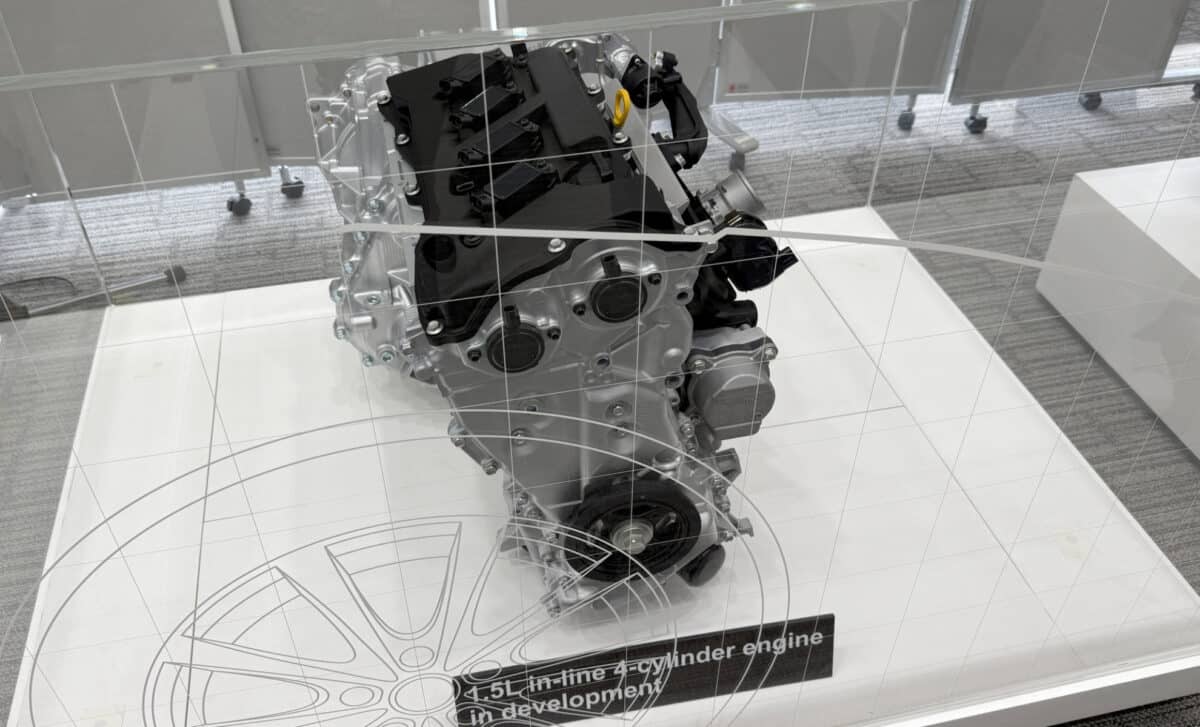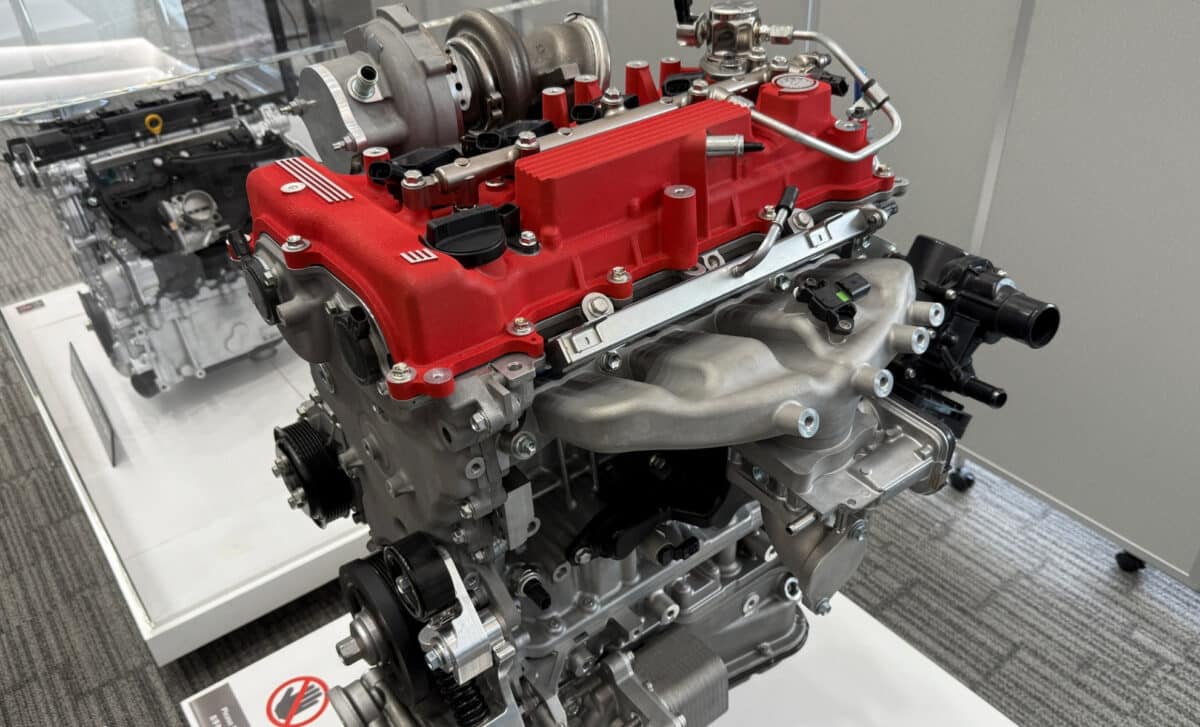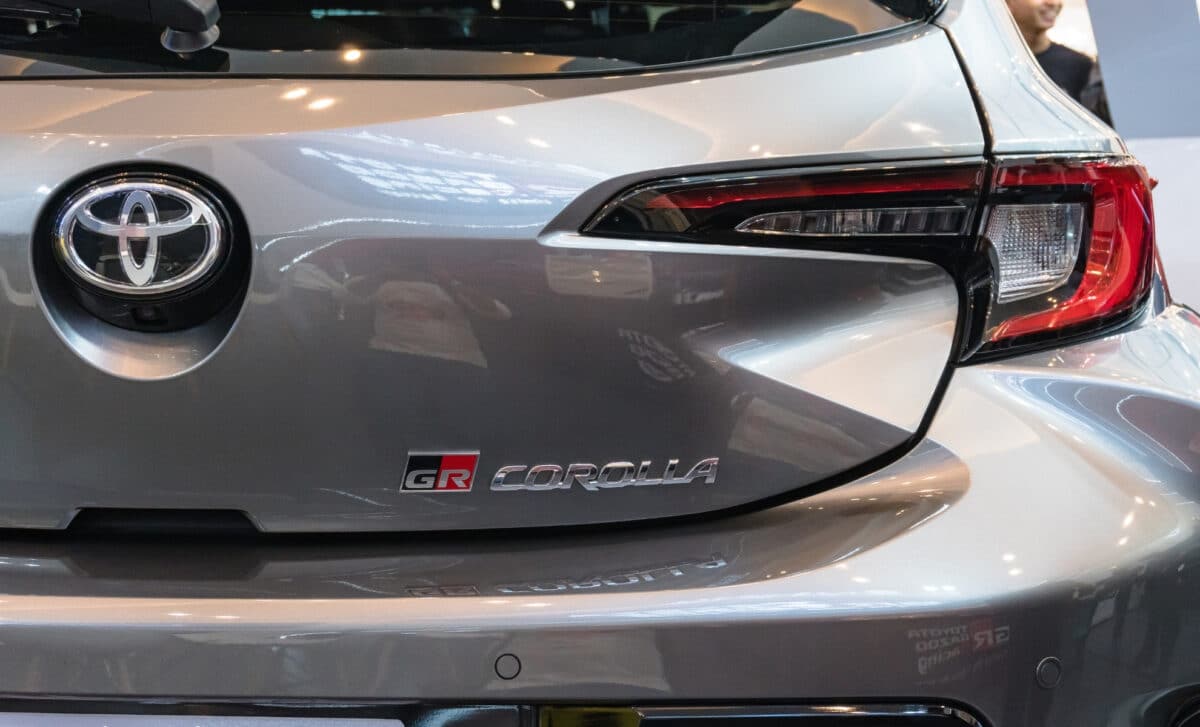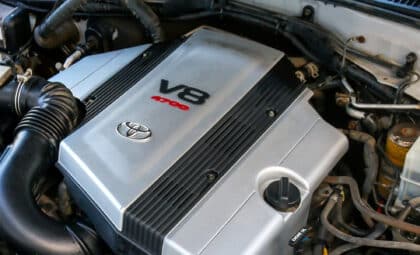This potential replacement comes as part of a broader strategy by Toyota Gazoo Racing to maintain internal combustion relevance while reducing production complexity and cost. The original 1.6-liter I-3 engine, which helped define the GR Corolla’s identity, may soon give way to a more conventional—but significantly stronger—powertrain.
Introduced in 2022, the GR Corolla made headlines with its compact yet aggressive 300-horsepower three-cylinder engine, a powertrain developed under the Dynamic Force banner by Toyota’s Gazoo Racing division. This engine played a pivotal role in establishing the GR Corolla as a rare and enthusiast-focused model in a segment largely dominated by more traditional offerings. But behind the bold performance lay engineering challenges, particularly in mitigating the vibrations and harshness inherent to high-output three-cylinder designs.
At the recent Tokyo show, Toyota’s presentation of a striking new Corolla concept gave a glimpse into the company’s next steps. Although the concept itself didn’t officially confirm any GR-specific changes, a parallel engine display and internal remarks suggest that a new generation of performance-focused Corollas may be in the pipeline—with significant changes under the hood.
New 2.0-Liter Engine Signals Strategic Shift
At a Toyota technical symposium held alongside the show, the company unveiled a 2.0-liter turbocharged inline-four engine designed with compact packaging and production efficiency in mind. According to MotorTrend, Takashi Uehara, Toyota’s powertrain president, described the new engine as capable of reaching outputs up to 400 horsepower—a considerable leap from the current GR Corolla’s 300-horsepower figure.

The engineering rationale for the switch appears practical: the existing 1.6-liter I-3 requires special dampers and vibration-reducing technologies to maintain refinement and reliability. As Uehara explained, these additional components not only complicate the design but also increase production costs. The four-cylinder alternative, in contrast, delivers higher power with fewer compromises in NVH (noise, vibration, and harshness) management.
The new 2.0-liter was developed in parallel with Toyota’s updated 1.5-liter hybrid engine, part of the company’s hybrid-led strategy. While the hybrid unit focuses on efficiency and packaging for the regular Corolla lineup, the turbo four-cylinder clearly targets performance segments, and its adaptability for different global markets was emphasized during the presentation.

Internal Combustion Remains in the Picture
Despite growing global pressures to transition toward electrification, Toyota remains steadfast in its commitment to internal combustion. During the same symposium, Hiroki Nakajima, Toyota’s Chief Technology Officer, reiterated that the company intends to “manufacture engines until the very end,” while seeking solutions to reduce environmental impact.
According to Nakajima, the team’s enthusiasm for gasoline engines was reaffirmed after a track day experience, where Toyota’s technical leadership reportedly enjoyed the visceral aspects of internal combustion racing. This anecdote highlights the emotional and cultural weight behind Toyota’s continued investment in traditional powertrains, especially within the Gazoo Racing brand.
Toyota has also signaled interest in carbon-neutral fuel alternatives such as ethanol, aiming to make its combustion engines more sustainable over time. These developments suggest that while the drivetrain layout may evolve, the GR brand’s essence—performance, engagement, and sound—remains a top priority for the Japanese manufacturer.

GR Corolla’s Future Points Toward Evolution
While Toyota has not officially confirmed the discontinuation of the current I-3 engine, all signs point to a transition. According to the same source, Uehara’s comments and the direction of Toyota’s new powertrain development imply that the three-cylinder may not survive into the next generation of GR Corolla models.
The move to a 2.0-liter turbo-four would mark a clear departure from the distinctive, almost eccentric setup of the current GR Corolla. It also raises questions about whether the next iteration will retain the same hatchback form or expand into other body styles. Toyota has not addressed these details yet, leaving room for speculation.
Still, with GR models expected to remain a central pillar of Toyota’s lineup—especially under the guidance of chairman Akio Toyoda, a noted motorsport enthusiast—fans can likely expect a performance vehicle that builds on the current model’s strengths while addressing its engineering limitations. The future GR Corolla might lose some of its quirky charm but could gain broader appeal with more power and refinement.









